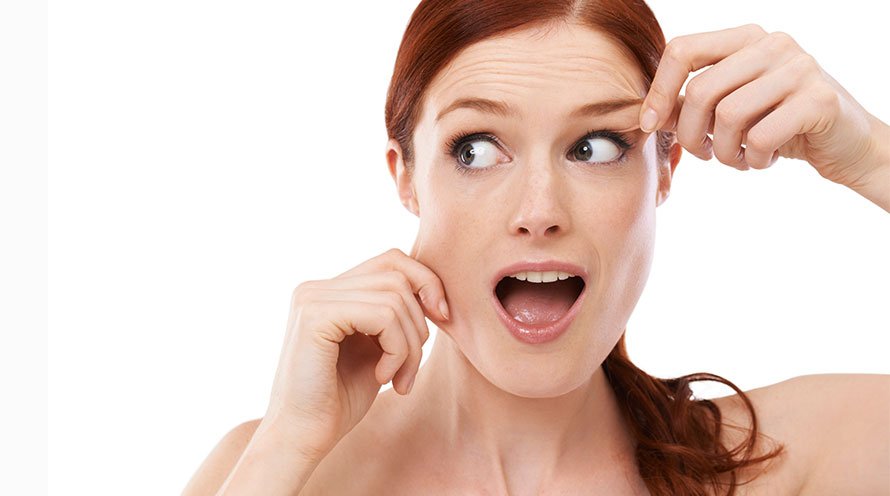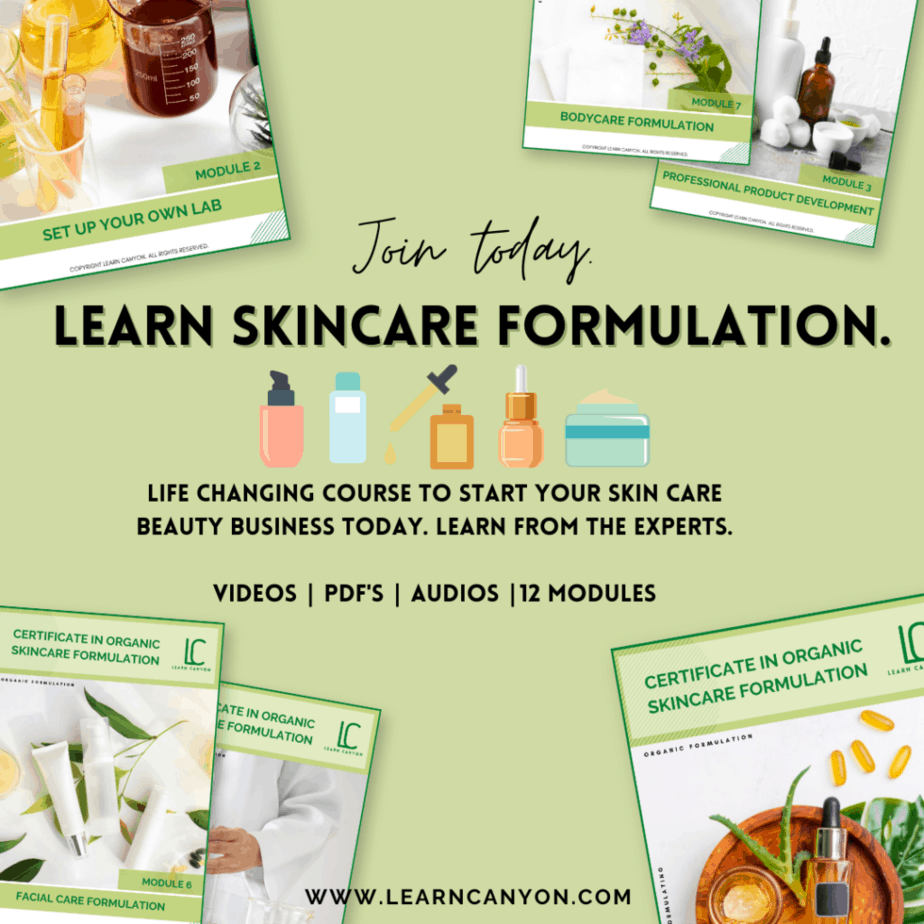The anti-aging skin care industry is a booming sector within the global beauty market. With advancements in technology, increasing awareness about skin health, and a growing desire to maintain a youthful appearance, this industry has seen significant growth. This article explores how much the anti-aging skin care industry makes, key factors driving its growth, and its economic impact.
Global Market Value
Current Market Size
As of recent estimates, the global anti-aging skin care market is valued at approximately $60 billion USD. This figure encompasses a wide range of products, including creams, serums, masks, and treatments specifically designed to combat signs of aging like wrinkles, fine lines, age spots, and sagging skin.
Projected Growth
The market is expected to continue growing at the robust rate. Analysts project that the global anti-aging skin care market will reach around $88 billion USD by 2026, with a compound annual growth rate (CAGR) of approximately 5-7%. This growth is fueled by the several key factors.

Key Drivers of Market Growth
1. Aging Population
The global population is aging, with a significant increase in the number of people over the age of 50. As this demographic grows, so does the demand for products that help maintain youthful skin and reduce visible signs of aging.
2. Technological Advancement
Innovations in skin care technology and ingredients have led to the development of more effective anti-aging products. These advancements include the use of peptides, hyaluronic acid, retinoids, and growth factors, which provide tangible benefits in reducing the signs of aging.
3. Increasing Disposable Income
Rising disposable incomes, especially in developing countries, have enabled more consumers to spend on premium skin care products. This economic factor plays a significant role in the expansion of the anti-aging market.
4. Awareness and Education
Greater awareness about skin health and the benefits of early intervention have led to more consumers adopting anti-aging skin care routines at a younger age. Educational campaigns and increased access to information through digital platforms have contributed to this trend.
5. Celebrity Influence and Social Media
The influence of celebrities and social media personalities who endorse anti-aging products has a powerful impact on consumer behavior. These endorsements often drive trends and increase the demand for specific products and brands.
Economic Impact
1. Employment and Job Creation
The anti-aging skin care industry supports millions of jobs worldwide. This includes positions in research and development, manufacturing, marketing, sales, and retail. The growth of the industry also fosters job creation in related sectors such as beauty consulting and dermatology.

2. Retail and E-Cozelopment
Investment in research and development (R&D) is a crucial aspect of the anti-aging skin care industry. Companies continually invest in developing new formulations and technologies to stay competitive. This R&D investment not only drives innovation but also contributes to scientific advancements in skin care.
4. Global Trade
The production and distribution of anti-aging products involve a complex global supply chain. Countries known for their advanced skin care industries, such as South Korea, Japan, and France, export a significant volume of products worldwide. This international trade supports global economic activity and cross-border collaborations.
Leading Brands and Market Players
1. L’Oréal
L’Oréal is one of the largest and most influential players in the anti-aging skin care market. With a diverse portfolio of brands like Lancôme, Kiehl’s, and Vichy, L’Oréal consistently invests in innovative products and marketing strategies.
2. Estée Lauder Companies
Another major player, Estée Lauder Companies, owns prestigious brands such as Estée Lauder, Clinique, and La Mer. The company is renowned for its high-quality anti-aging products and strong market presence.
3. Procter & Gamble
Procter & Gamble (P&G) is a significant force in the market with its Olay brand, which offers a wide range of anti-aging products known for their efficacy and affordability.
4. Shiseido
Shiseido, a Japanese beauty giant, is known for its advanced anti-aging formulations and luxurious products. The brand continues to expand its market share globally.
Conclusion
The anti-aging skin care industry is a multi-billion-dollar market with substantial economic impact. Driven by an aging population, technological advancements, increasing disposable income, and the influence of media, the industry shows no signs of slowing down. As it continues to grow, it will play an increasingly important role in the global economy, creating jobs, fostering innovation, and contributing to international trade.